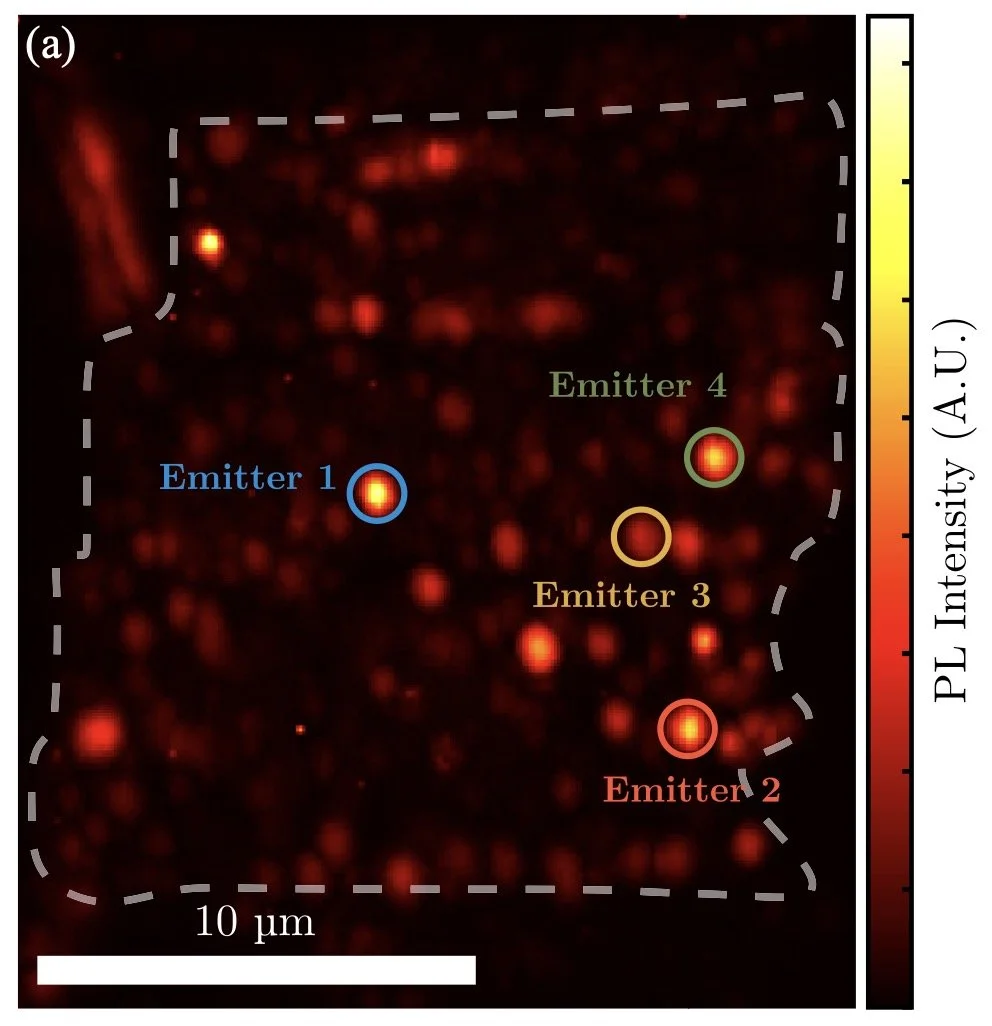ZnO Single Emitter Paper Published in PRL
I'm happy to share our exciting new results in the field of quantum computing, led by Ethan Hansen and Kai-Mei Fu’s group at UW. Writing in Physical Review Letters, we demonstrate the isolation of individual indium donor impurities in zinc oxide (ZnO) using plasma focused ion beam processing. This opens up new possibilities for developing quantum computers with improved performance.
Why ZnO?
ZnO is a promising material for quantum computing because it has several desirable properties. It is a semiconductor with a direct band gap, it has low spin-orbit coupling, and it is possible to create a nuclear spin-free lattice. These properties make ZnO a good candidate for hosting optically accessible spin qubits.
The Challenge
Isolating single donor impurities in ZnO is a challenging task. The low chemical purity of commercially available ZnO substrates makes it difficult to distinguish individual donors.
The Solution
We overcame this challenge by using plasma focused ion beam (PFIB) milling to fabricate nanoscale mesas in ZnO. This technique allowed us to isolate single indium donors and perform optical characterization. Our results show that these single donors are stable and have narrow linewidths, making them well suited for use as spin qubits.
The Impact
This research is a major step forward in the development of scalable quantum computers. ZnO is a promising material for quantum computing, and our work shows that it is possible to isolate single donor impurities in this material. This opens up new possibilities for developing quantum computers with improved performance.
The Future
We believe that this research will have a significant impact on the field of quantum computing. ZnO is a promising material for quantum computing, and our work shows that it is possible to isolate single donor impurities in this material.
Read the paper here: https://doi.org/10.1103/PhysRevLett.133.146902
